The two images above form Claude Cahun and Carole Benitah both explore identity. This is because in the pictures Their appears to be a lack of identity due to the simplicity of both pictures. In Claude’s picture you can only see her head in some sort of object that appears to be made of either plastic or glass as there are reflections coming off this making it difficult to fully see Claude’s face. Moreover, you can only see her head in the picture as well which gives this a lack of identity as you can’t really see much of the person in the picture.
As for Carole’s picture, the faces in the picture are covered in what appears to be red stitching on every face with the strings coming off them tangled up. This shows a lack of identity just like Claude’s picture even though they aren’t to similar because due to the faces being covered up you don’t really have a see for what the emotions on the people’s faces are meaning you couldn’t really imagine what their expressing if they are. Either happy or miserable.
Looking at both of the images, the pictures look similar in the format of how they were taken. They both appear to have a fairly fast shutter speed of 1/125 as there isn’t much movement that is blurred in the images. Another comparison in hoe the pictures where taken, they both appear to of have an aperture of f16 in both pictures as the background and the main appeal of the pictures are both clear visually. As for the ISO, it appears to have a low sensitivity of 200 because you can see some sort of speckles in the pictures but I think this is due to the when the pictures where taken as cameras weren’t as good as they are now.

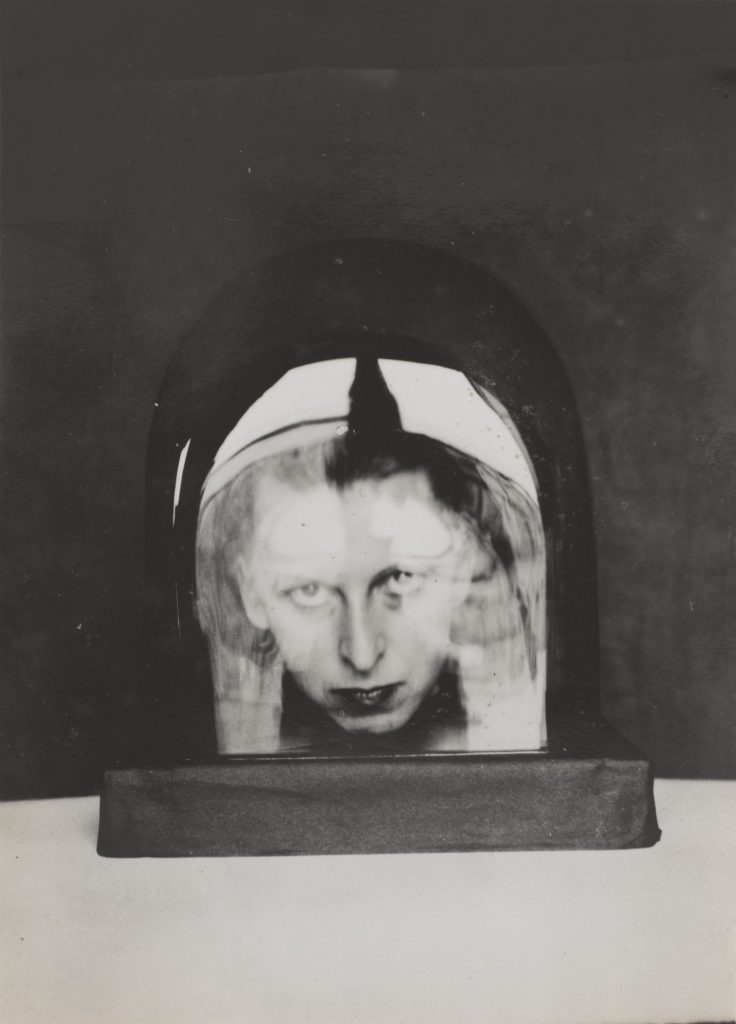
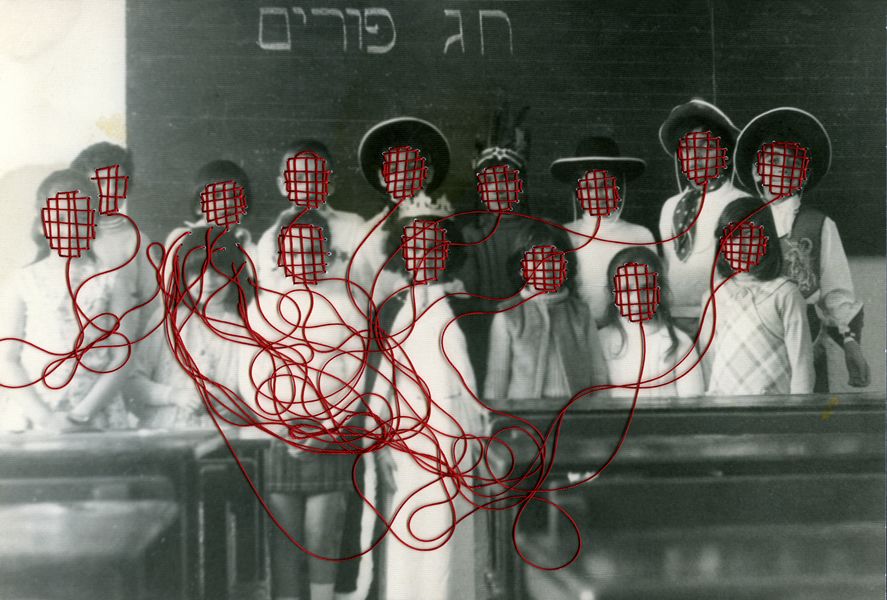





















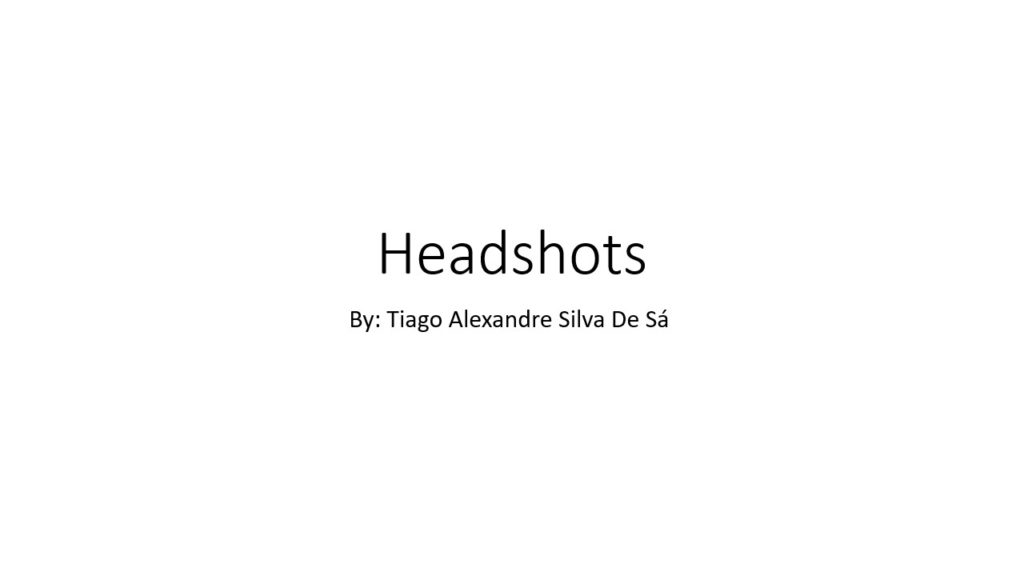

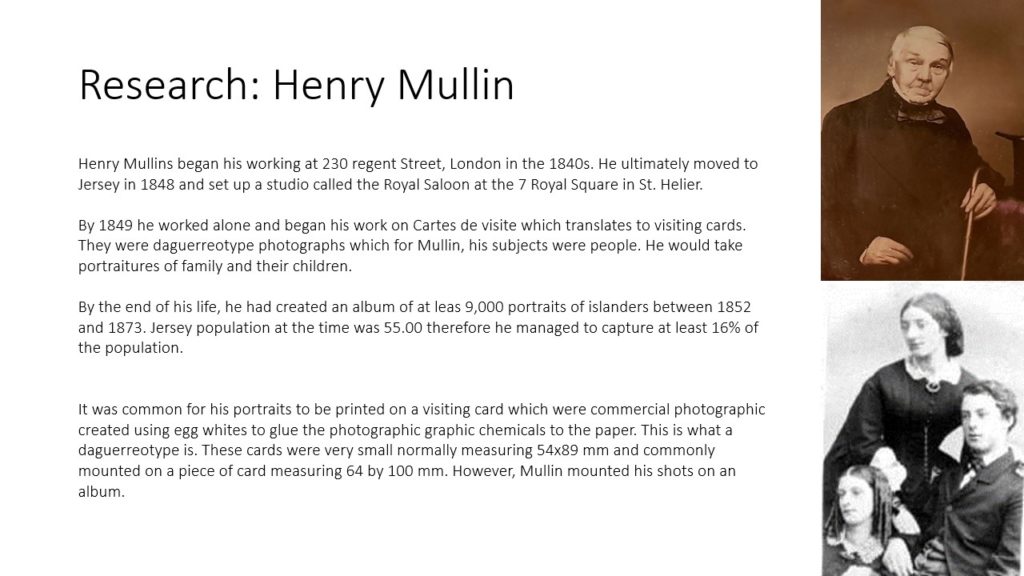















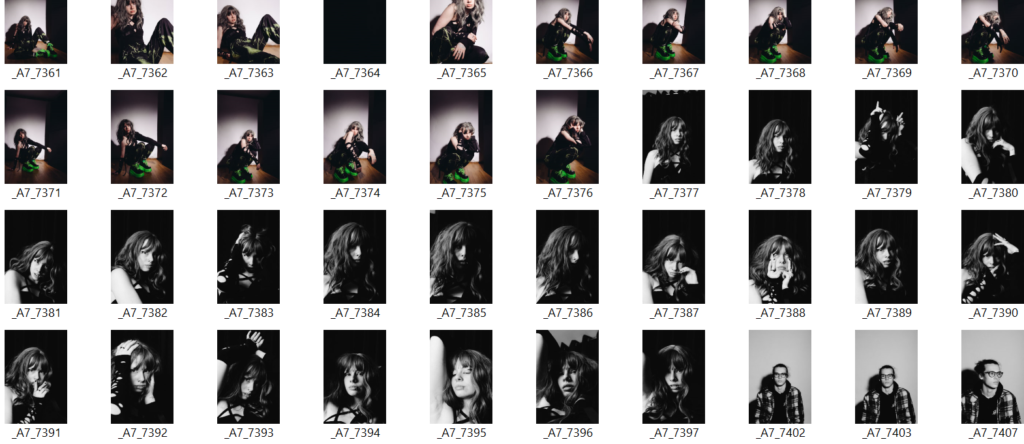

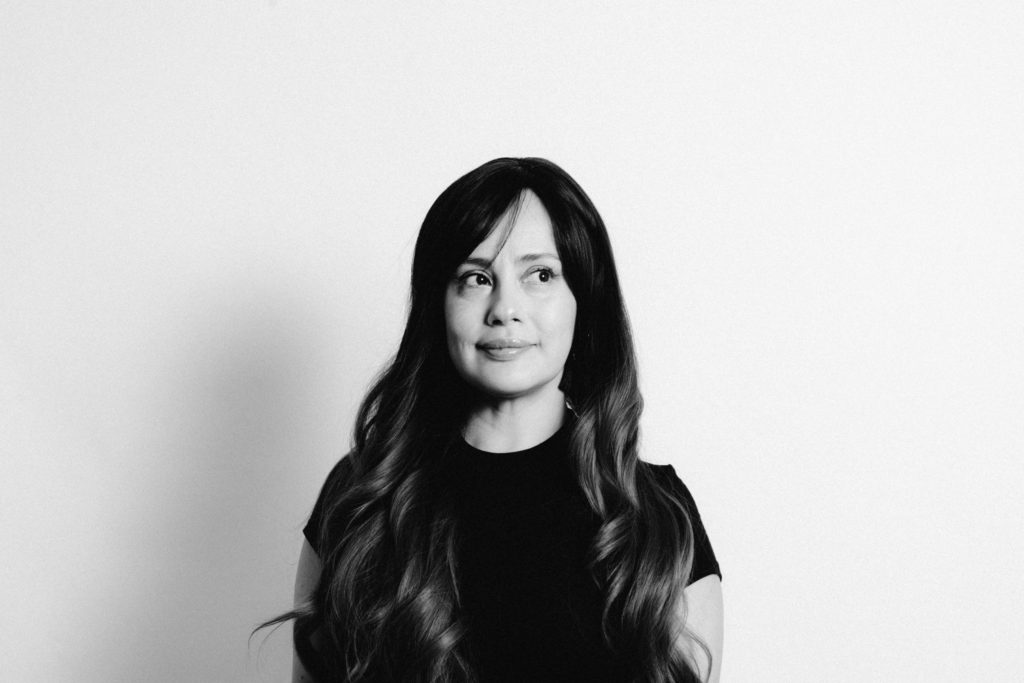

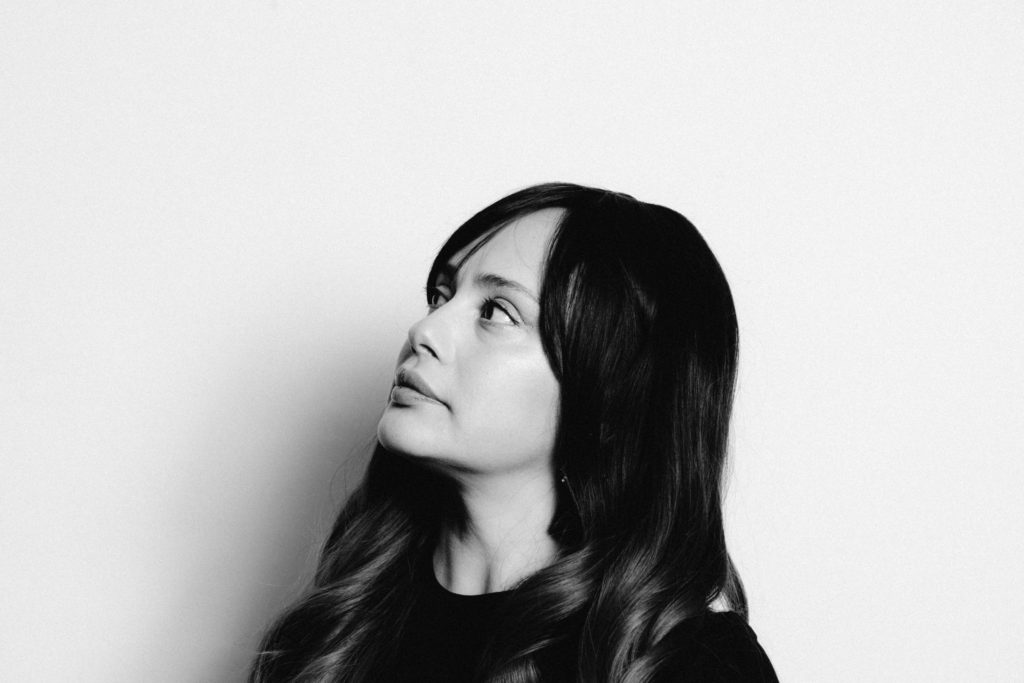

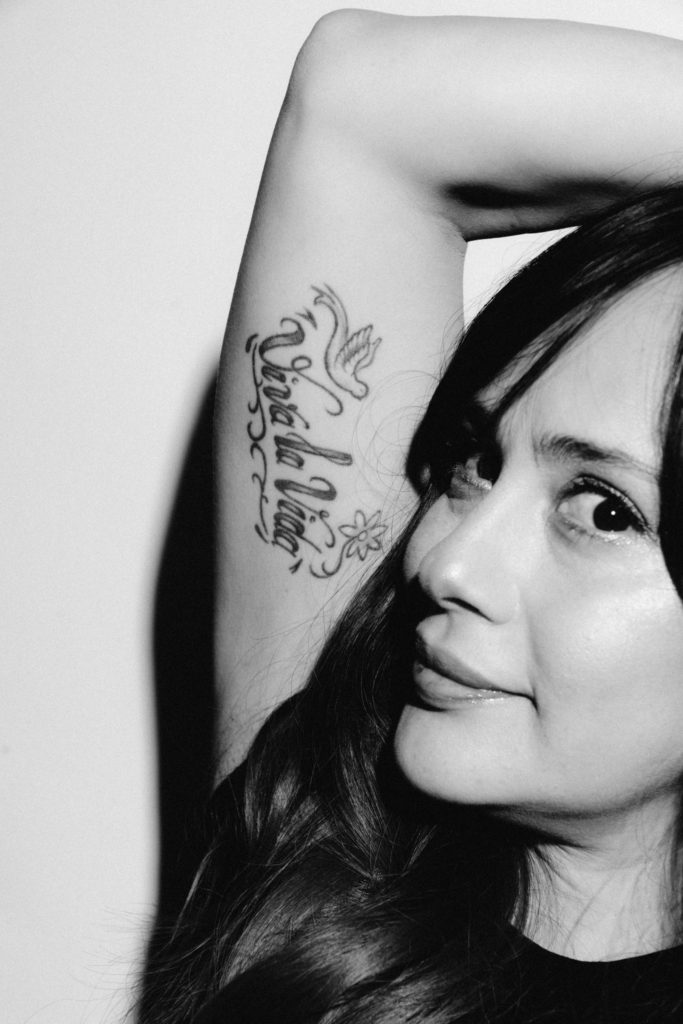














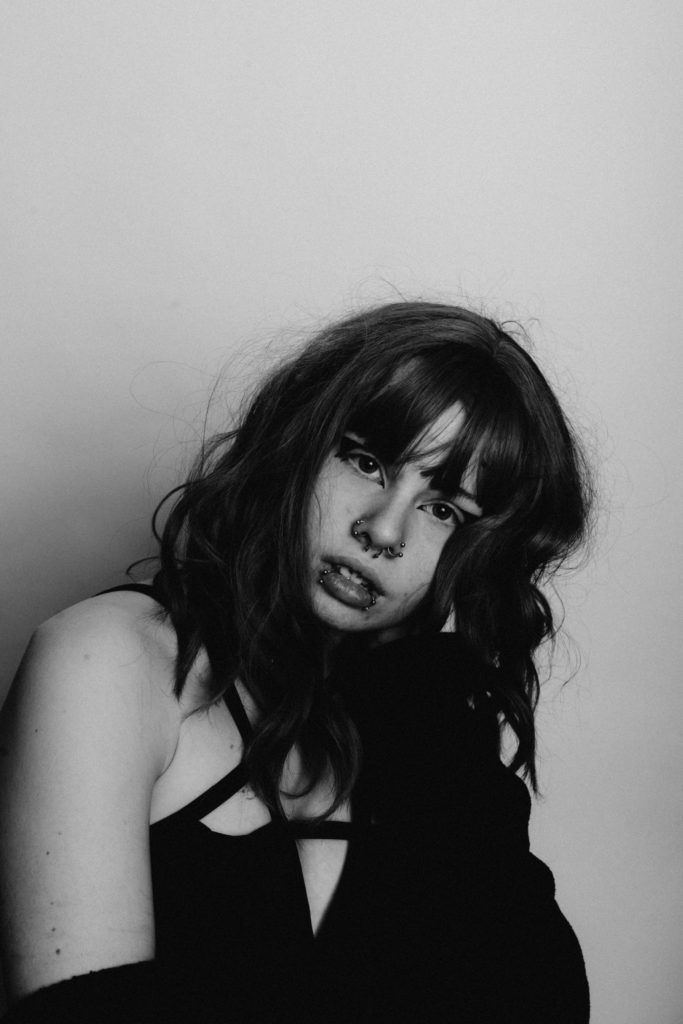


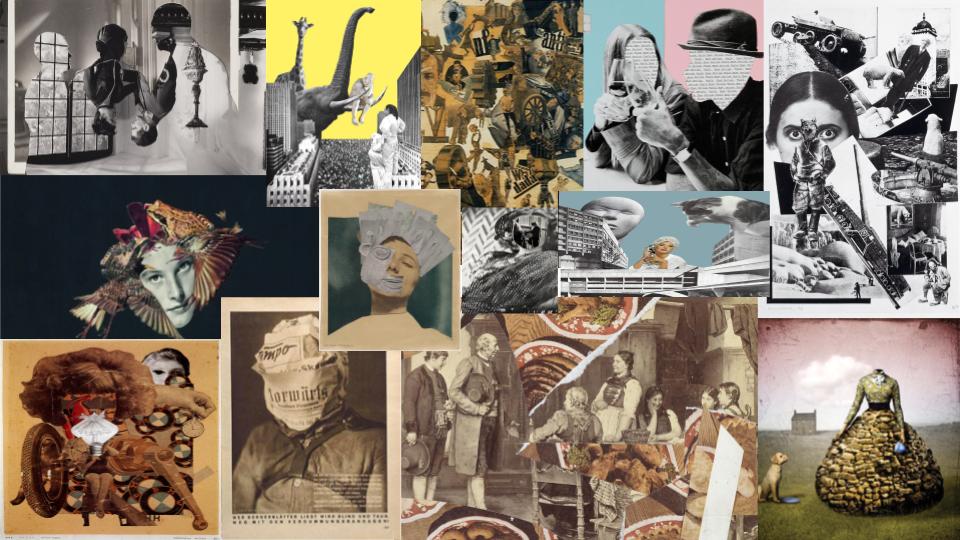



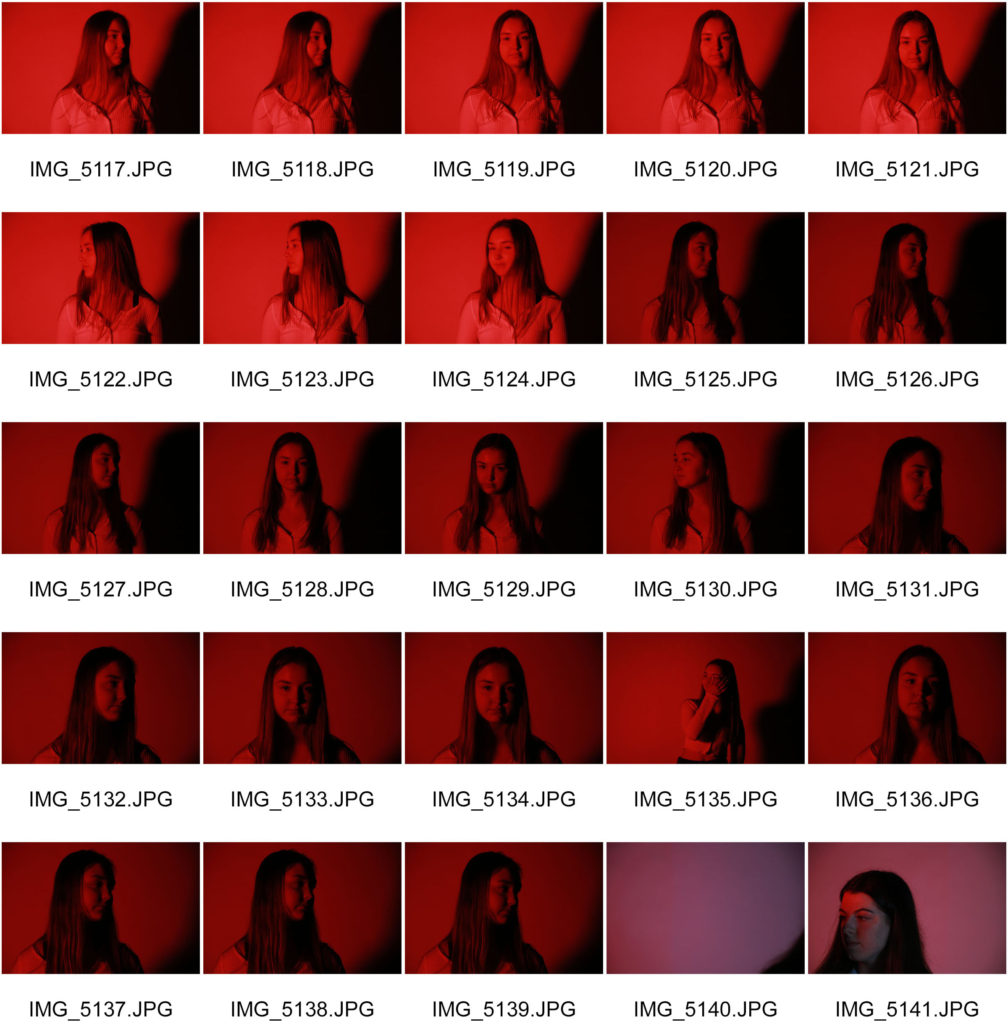
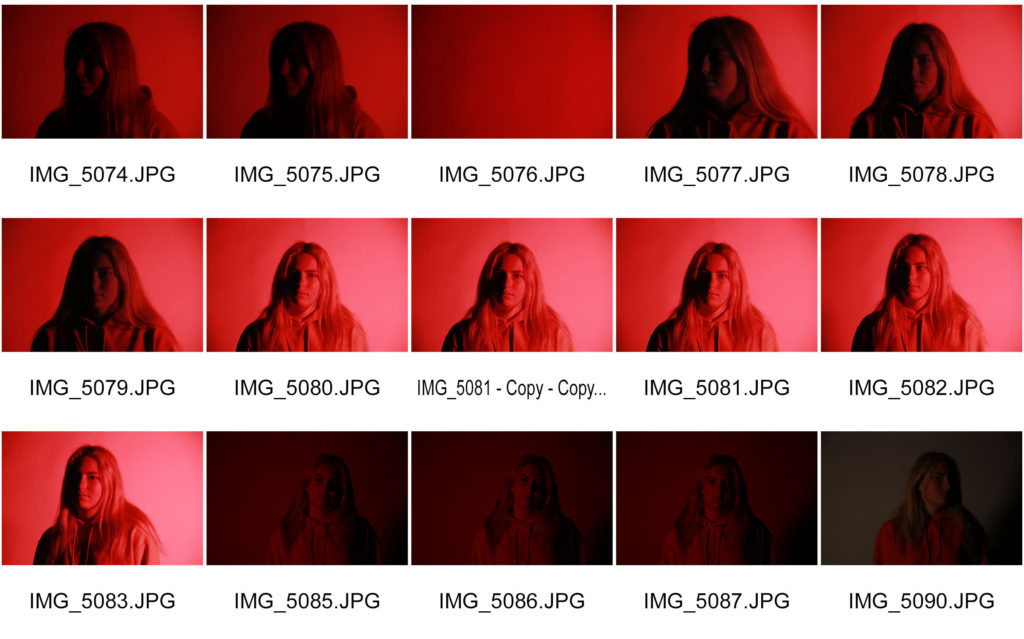
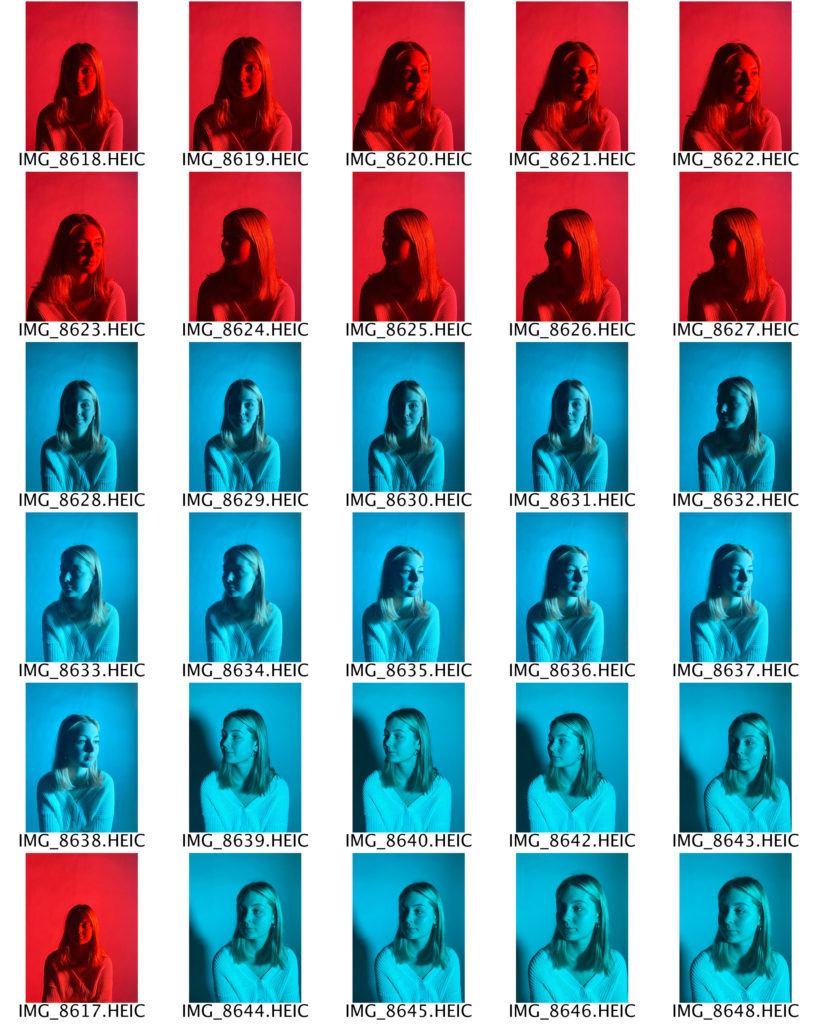



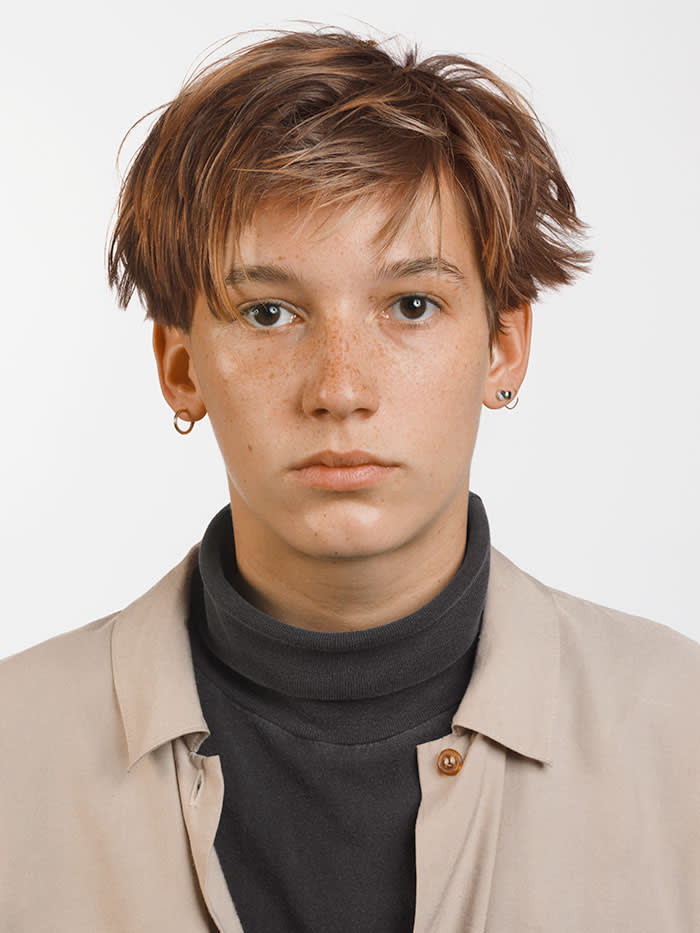
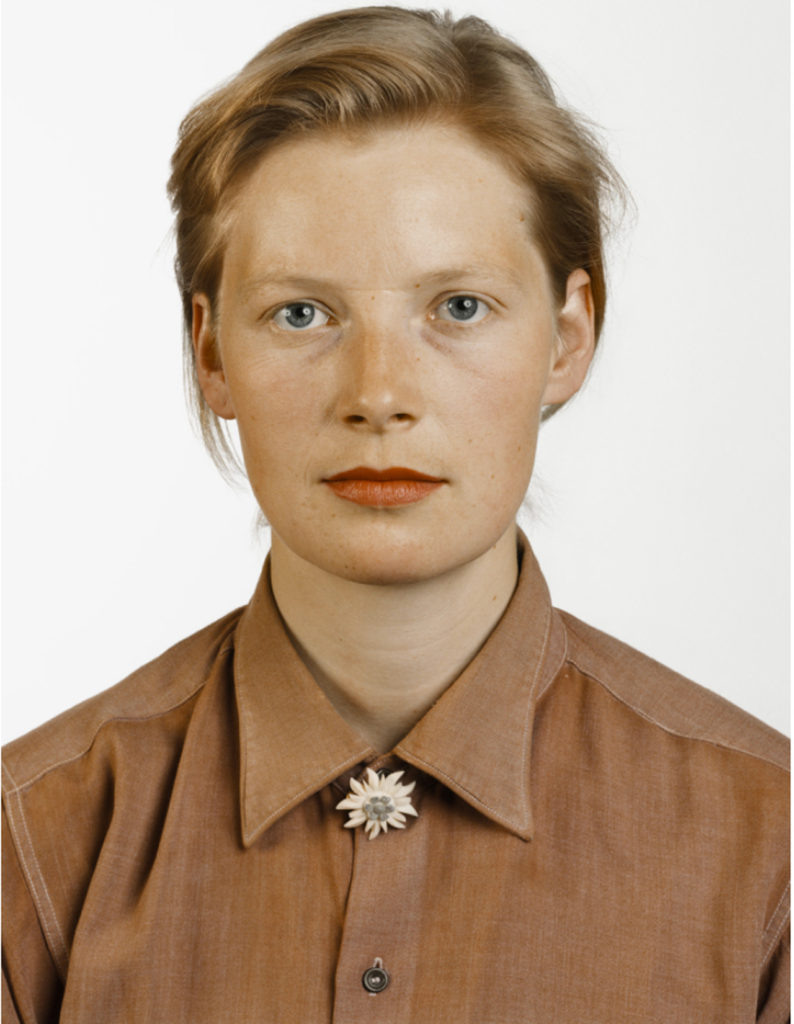

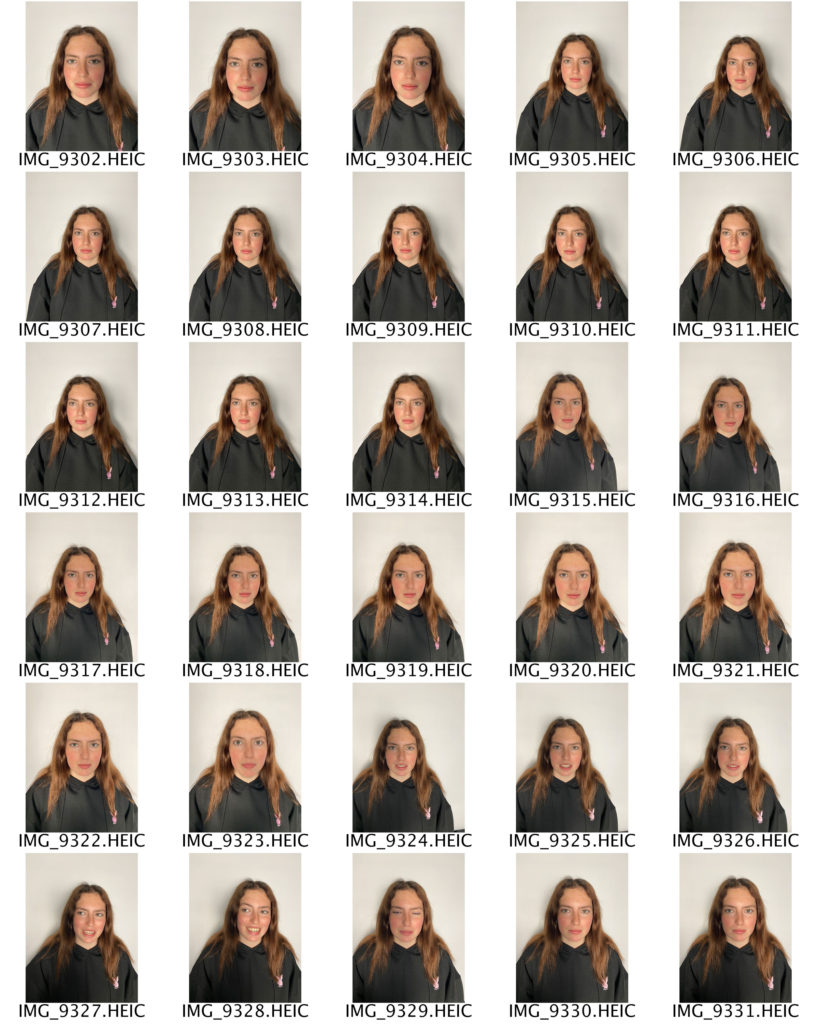
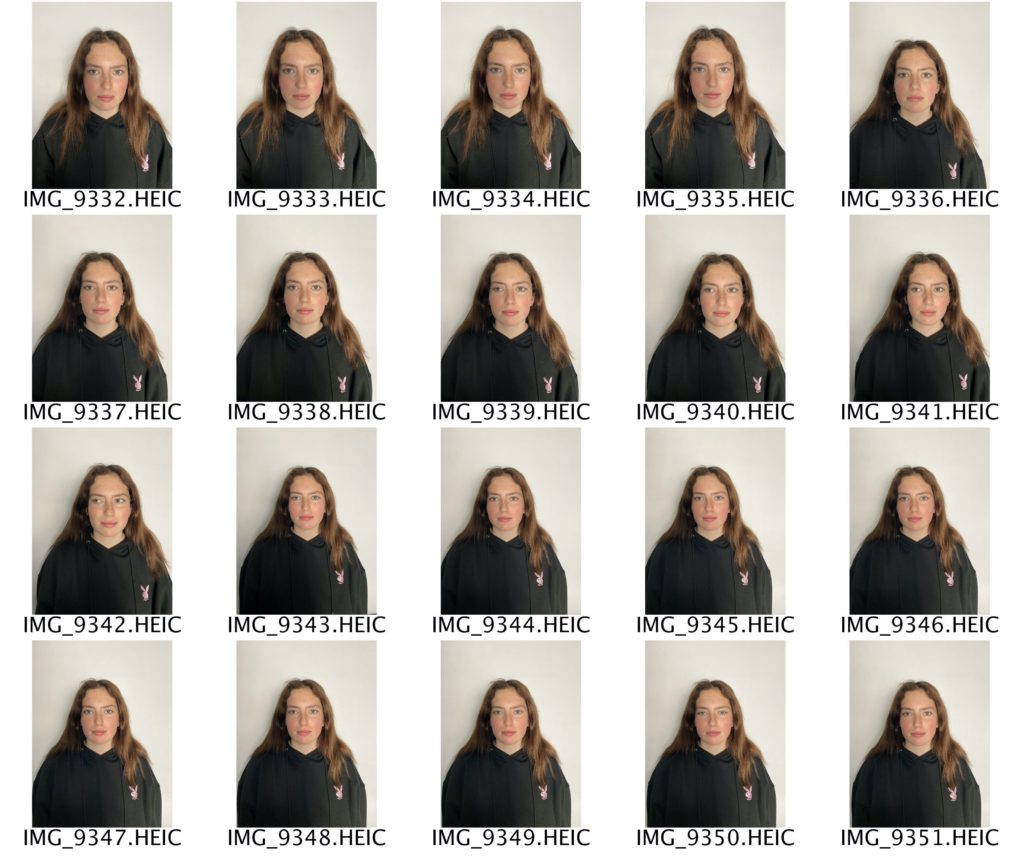
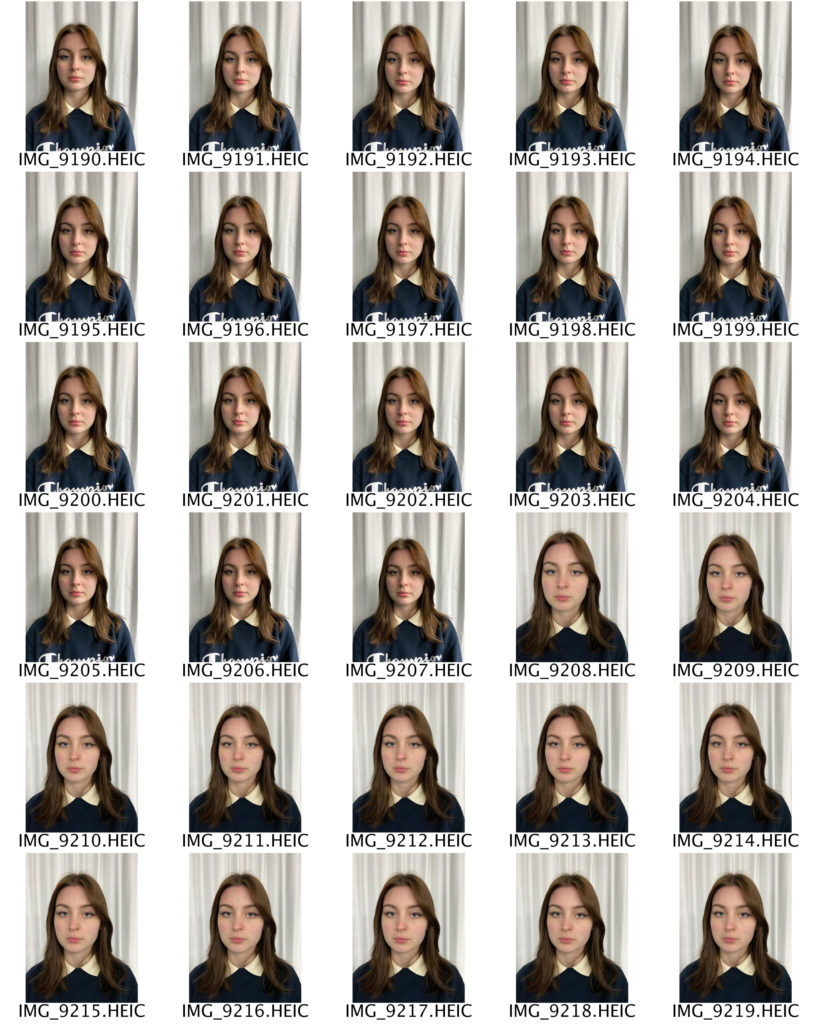
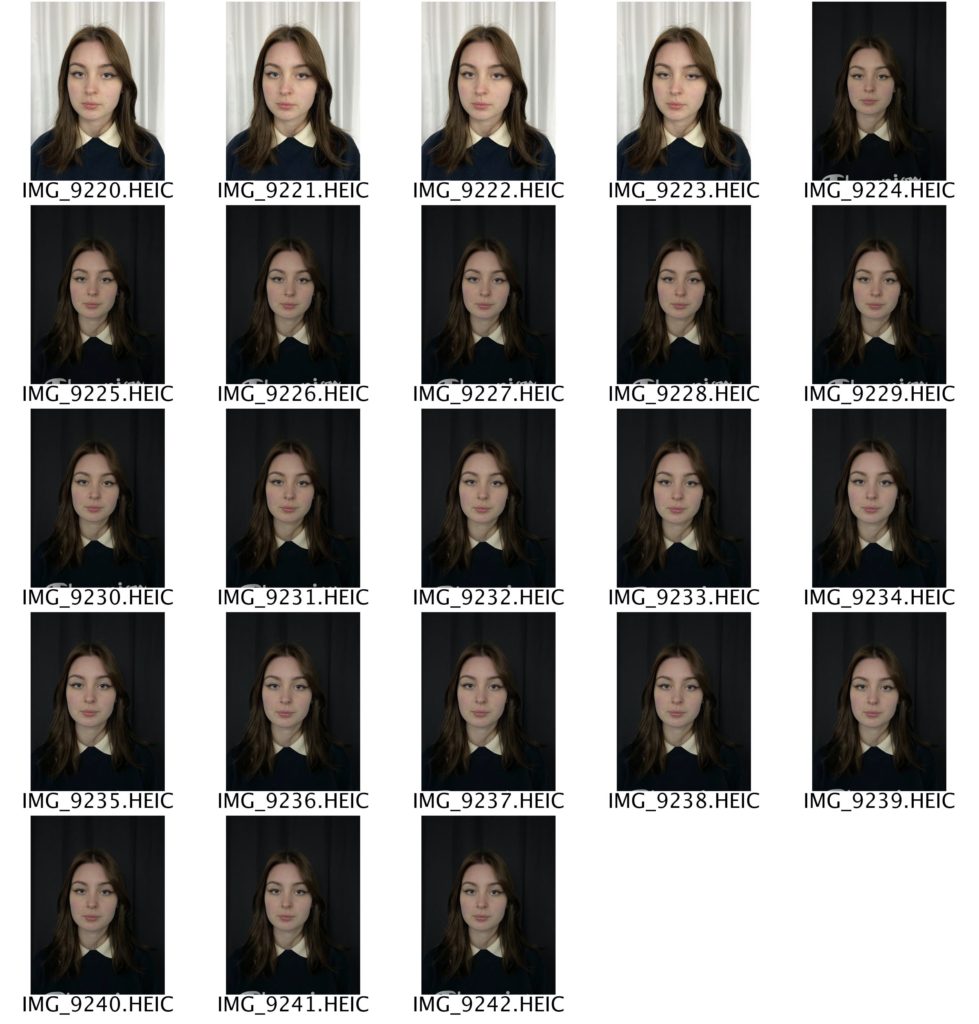
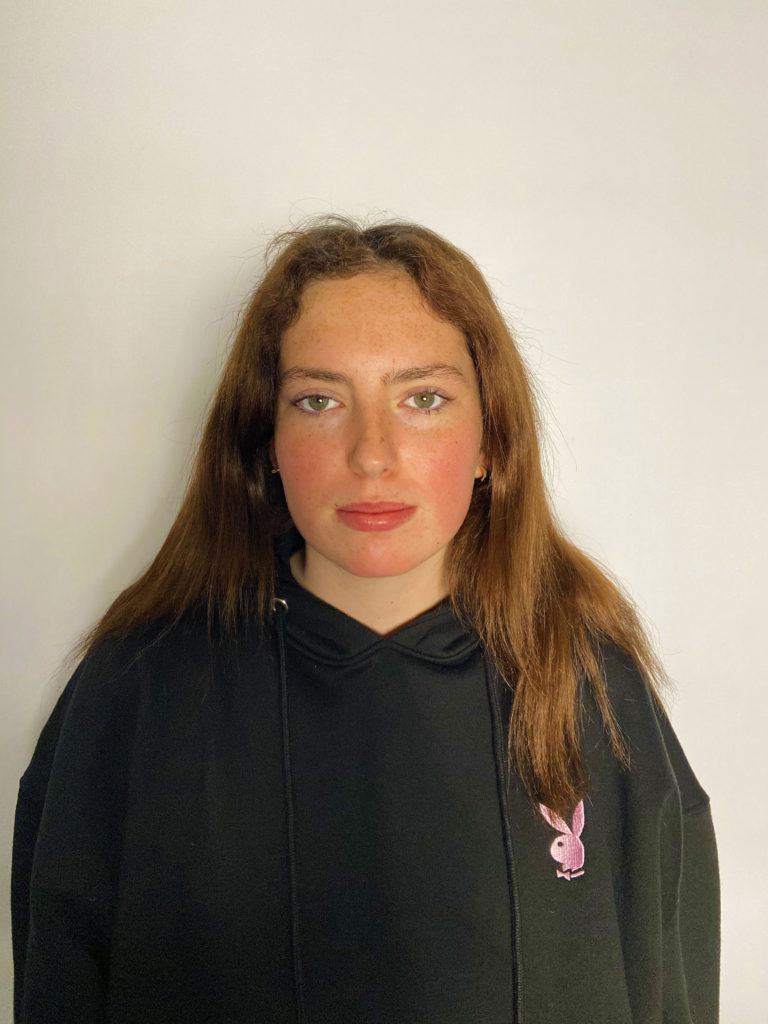
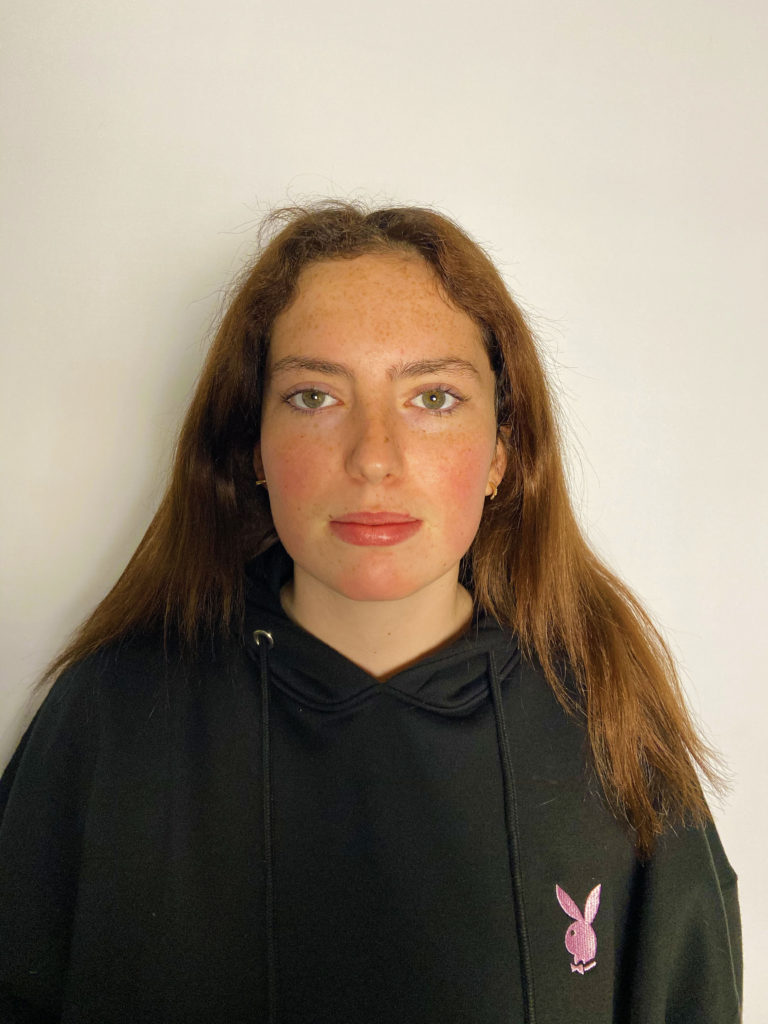
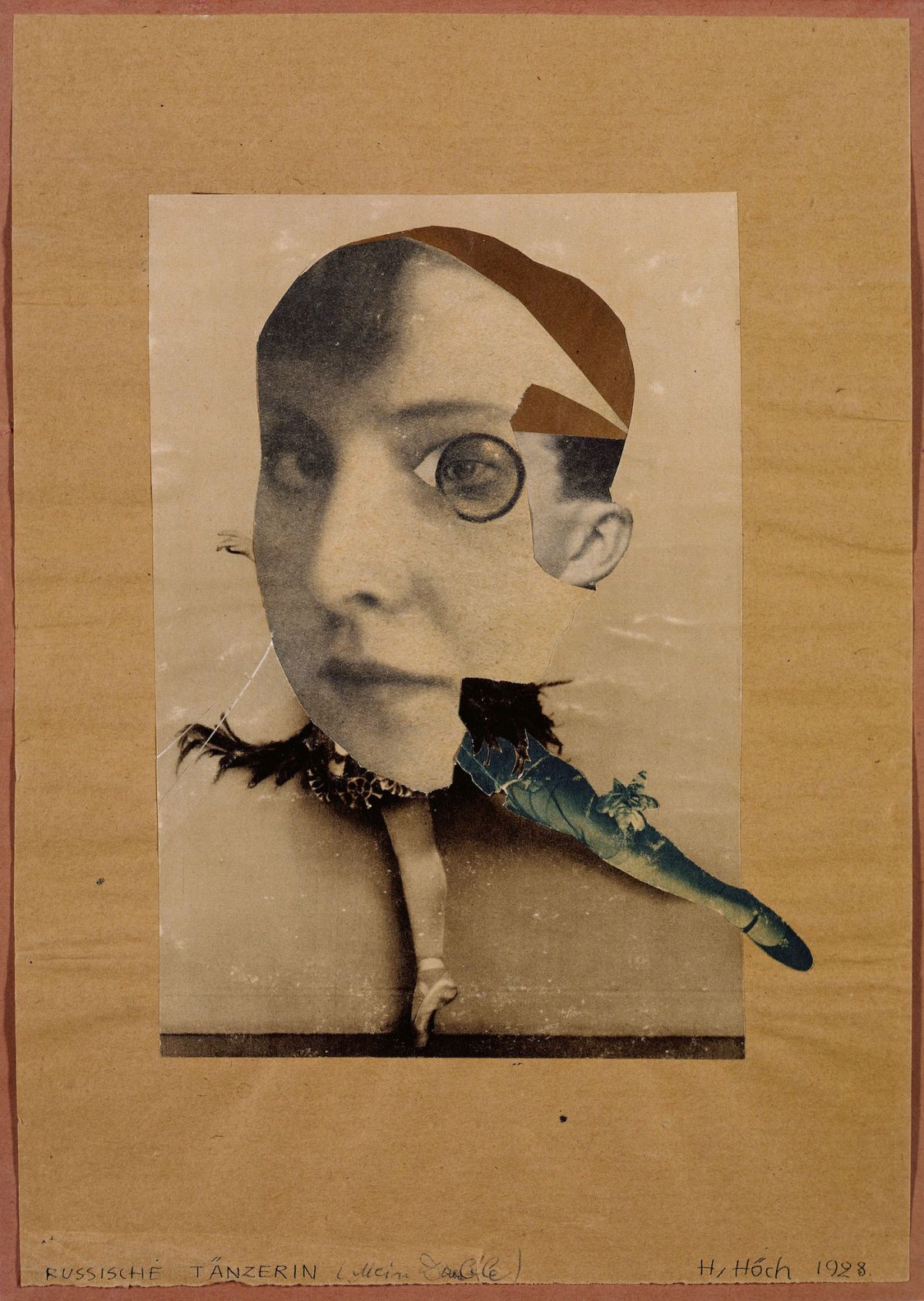

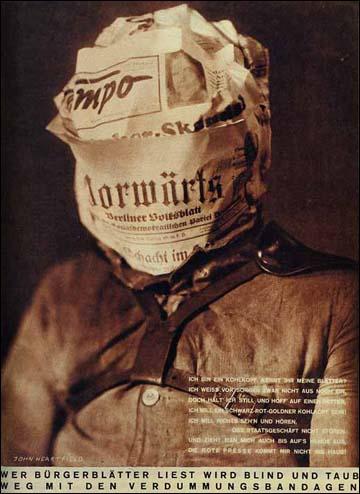






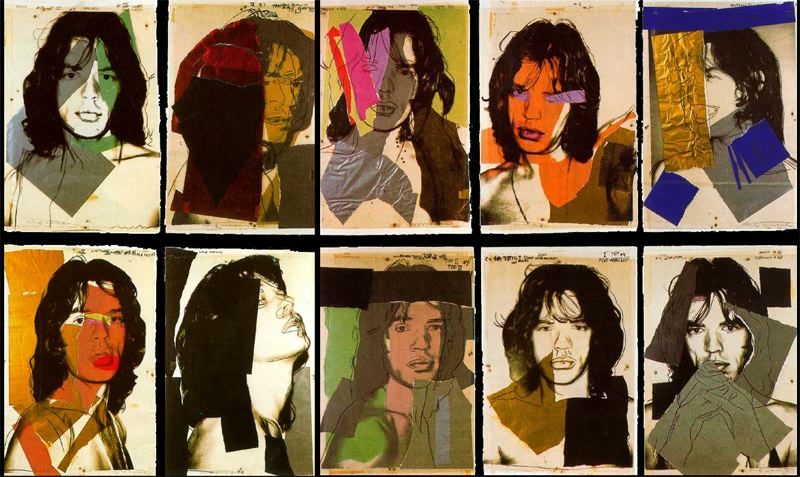

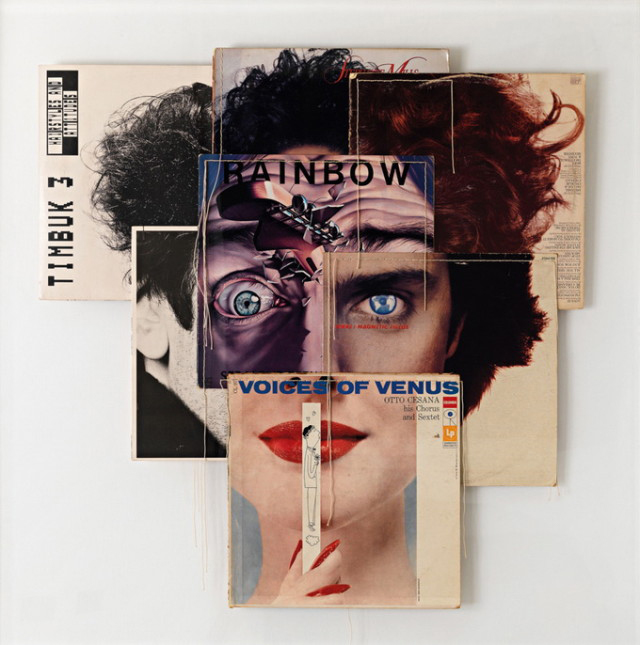


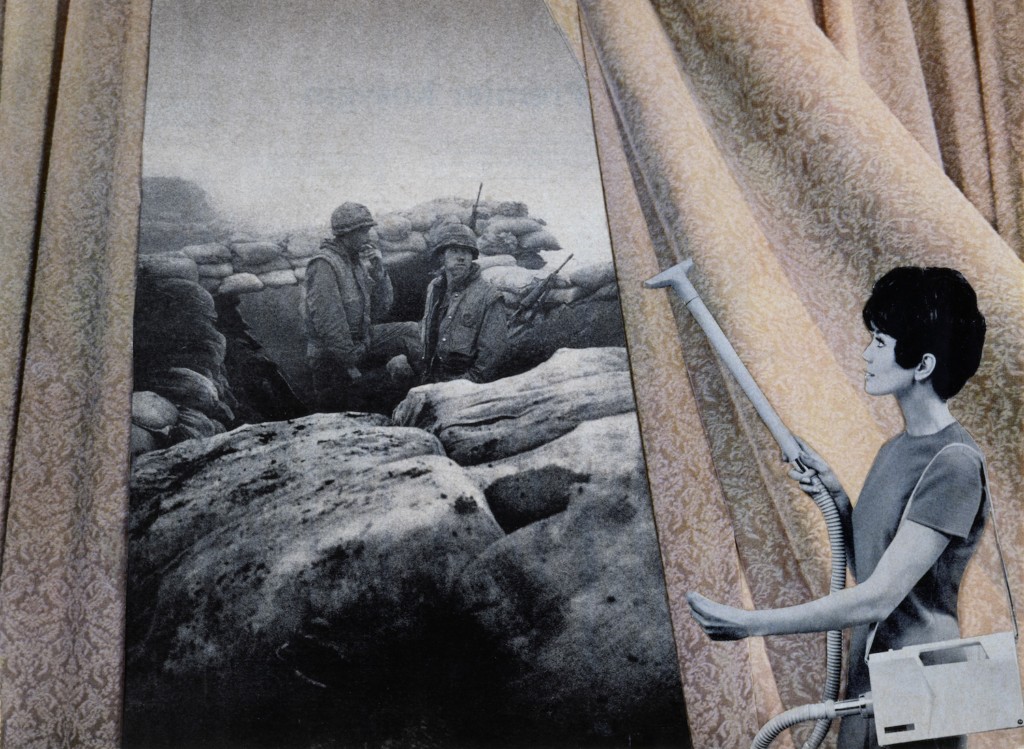
.jpg)


